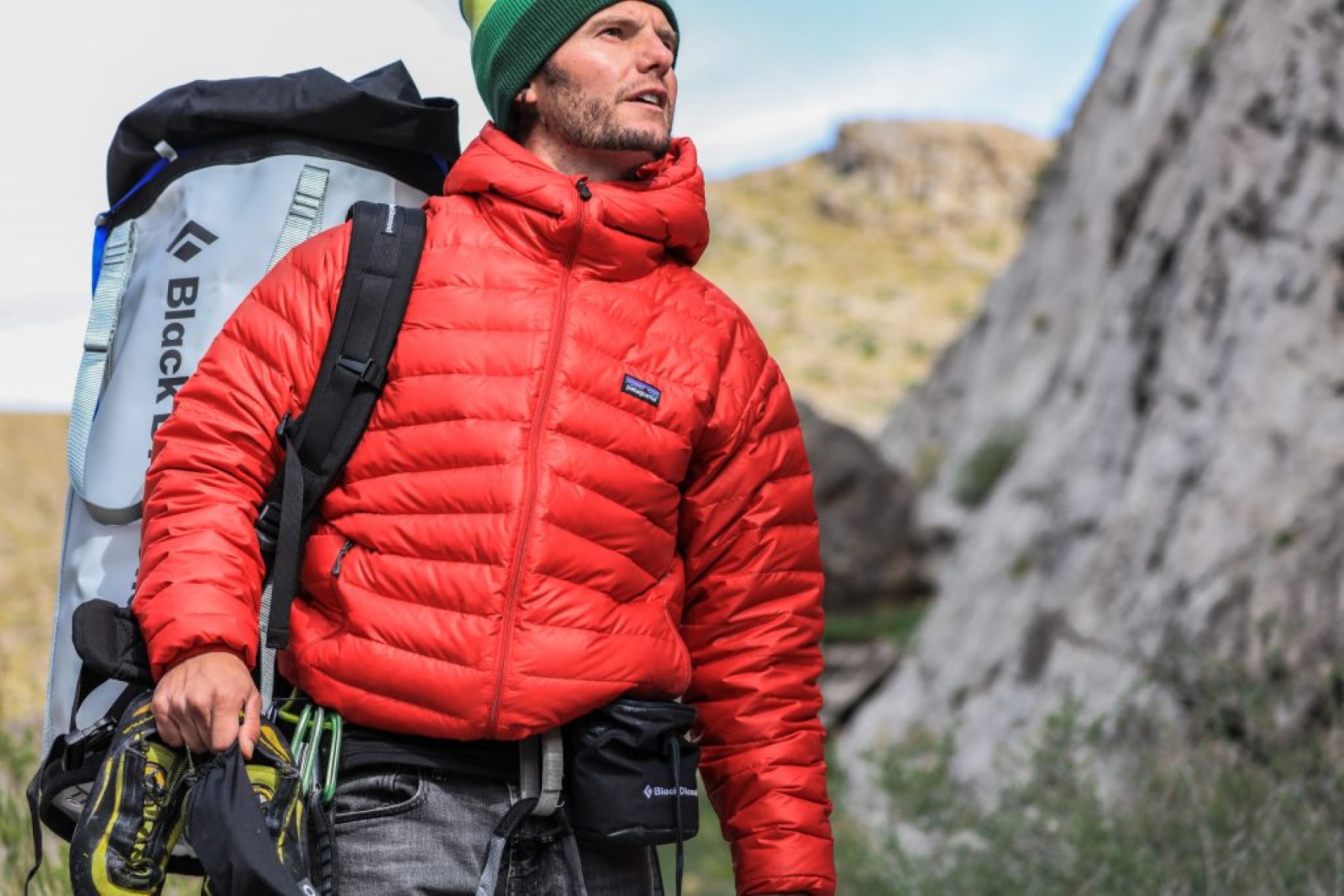“We’re in business to save our home planet.” – Patagonia Mission Statement
When it comes to environmentally responsible brands, it is impossible to look past Patagonia. The US retailer is known for its outdoor and adventure apparel and its unwavering commitment to sustainability. Patagonia is an industry leader that has embedded preservation of the environment into its DNA. This is a brand that consistently leads corporate social responsibility trends. It intentionally creates products that last.
The question is: How does a business become a beacon for change? How can a brand truly drive profit with purpose?
In this case study we will examine the inspiring history of Patagonia.
The Patagonia brand story

Mountain climber and activist Yvon Chouinard founded Patagonia in California in 1973. Chouinard started with supplying climbing hardware before progressing into clothing. Like any brand, there were growing pains. One was finding the right fabric and materials suitable for outdoor adventure garments. The company spent much of the 80’s developing and improving the quality of its custom Synchilla and Capilene products. Patagonia also had to get design right and build a loyal consumer base. Other challenges included establishing its values and culture.
Growth happened rapidly but was put to a grinding halt when recession hit the brand hard in 1991. In response it had to let go of 20% of its employees. Patagonia learned the hard way how to scale a business in a more sustainable way.
The activist company

Environmental values were always a priority for the brand. The people behind the company were outdoor enthusiasts who had a close relationship with nature. From the early days Patagonia supported grassroots activism through donations. In 1986 the brand boldly committed 10% of profits each year to charity. Later it upped the ante to 1% of sales or 10% of profits – whichever was greater. This is a commitment the brand upholds to this day.
Patagonia moved beyond donations into creating educational campaigns highlighting environmental issues. Next it tackled the environmental impacts of production in its own supply chain. Ahead of its time, in 1996 Patagonia had reduced energy use by 60% through solar-tracking skylights and radiant heating. It also pioneered the use of recycled content and examined its use of toxic materials. It also switched to 100% use of organic cotton.
Significantly, it made environmental responsibility an ingrained part of the business since the 90’s. Patagonia faced hardships and made mistakes, but stayed true to its mission. Its commitment to innovating materials and creating environmentally friendly products has never wavered.
Patagonia now: A circular supply chain

In 2019 the United Nations named Patagonia a UN Champion of the Earth. This honour was to recognise the business for its entrepreneurial vision and its commitment to sustainability and advocacy.
A circular supply chain is a circular ecosystem where products are designed to have prolonged life cycles. Within this ecosystem recycling and repurposing allows products to stay in use. Overall this system benefits the economical, social, and environmental sustainability of organisations.
Environmental and social responsibility

Currently, Patagonia runs a range of initiatives that support corporate accountability and a circular strategy, including:
- Transparency: Patagonia has published its supply chain publicly.
- Carbon footprint: It aims to hit carbon neutrality across its business by 2025, including its entire supply chain. The company is actively investing in renewable energy and has incentives that encourage employees to drive less.
- Product lifecycle: Products are designed to be durable and multifunctional, increasing their length in use. There are also ‘Worn Wear’ repair hubs that encourage consumers to repair items rather than buying new. Patagonia educates customers on how to care for garments to extend their lifecycle.
- Raw materials: The brand looks to use raw materials that are less harmful and are recyclable. Patagonia continues to invest time and resources into sourcing materials and dyeing techniques and technology that are less harmful to the environment.
- Recycled materials: The brand recycles used soda bottles, unusable manufacturing waste and worn-out garments into polyester fibers to produce clothing. It is aiming to use only renewable or recycled materials in all of its products by 2025.
- Activism: Patagonia still supports activism through educational campaigns for systemic change. It pays a self imposed ‘Earth tax’ where it donates 1% of non-profits fighting for environmental causes.
- B Corp certified: The business is B Corp certified and publishes annual scorecards.
- Social responsibility: Patagonia supports fair trade programs for workers. The 2020 Fashion Index Report says Patagonia is one of few brands that disclose how many workers receive a living wage.
- Buy less: Patagonia has published several campaigns that actively encourage consumers to buy less!
Driving profit with purpose

In Chouinard’s business memoir, Let My People Go Surfing, he explains that products come before profit: “At Patagonia, making a profit is not the goal, because the Zen master would say profits happen ‘when you do everything else right.”
Patagonia is a prime example of a brand that drives profit with purpose. It manages to simultaneously focus on brand purpose and generate millions yearly in revenue. Beyond creating quality products, it has prioritised its values and actively supported environmental causes. In doing this Patagonia has amassed a following of loyal fans.
Patagonia is a best-in-class example of a brand with defined values doing its best to reimagine a better world for all. Like any brand it has faced challenges and is not perfect but it has adapted and learned as it has grown. Patagonia is an example of what is possible when a brand leads from the heart.
Register with MISIO to accelerate ESG to grow profit and share your ESG journey for the world.


Leave A Comment
You must be logged in to post a comment.